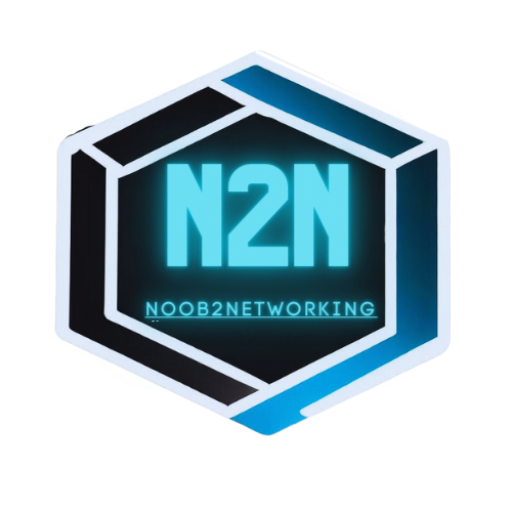If you’re new to the world of networking, understanding IP addresses can be confusing. But don’t worry, we’ve got you covered! In this post, we’ll explain what IP addresses are, how they work, and how to decode them.
What is an IP Address?
An IP address is like a phone number for your device on a network. It’s a unique identifier that allows your device to communicate with other devices on the same network. IP addresses are made up of four groups of numbers, separated by periods. Each group can have a value between 0 and 255.
📱🔢 Imagine you and your friend are on a phone call. Your IP address is like your phone number, and your friend’s IP address is like their phone number. Just like how you need a phone number to talk to your friend, your device needs an IP address to communicate with other devices on the network.
Breaking Down the Numbers
An IP address is made up of four numbers separated by dots, For example: 192.168.1.1. Each number is a byte, which means it can have a value between 0 and 255. So, the total number of possible IP addresses is 256 to the power of 4, which is over 4 billion!
But what do those numbers actually mean? Well, think of the IP address like a phone number. Just like how a phone number is made up of an area code and a local number, an IP address is made up of a network portion and a host portion. The network portion identifies the network the device is on (192.168.1), while the host portion identifies the specific device on that network (0-255).
To help simplify things, IP addresses are often broken down into two parts: the network ID and the host ID. The network ID is the first part of the IP address (the first 3 numbers) and identifies the network the device is on. The host ID is the second part of the IP address (the last number) and identifies the specific device on that network.
Decoding IP addresses can also involve subnetting, which is the process of dividing a network into smaller subnetworks. Subnetting is a way to help manage IP addresses more efficiently and avoid IP address conflicts. Think of subnetting like dividing a large room into smaller sections. Each section is a subnet, and devices within that subnet share the same network ID.
Public vs. Private IP Addresses
When it comes to IP addresses, there are two main types: public and private. Public IP addresses are like the address of your home, they are unique and allow your device to communicate with other devices on the internet. On the other hand, private IP addresses are like the rooms inside your home, each device on your local network has its own unique private IP address, allowing them to communicate with each other. It’s important to keep your public IP address private to avoid unwanted attention or potential security threats.Like keeping your home address hidden from strangers, to prevent unauthorized access to your network. Think of it as the difference between shouting out your address on the street corner versus sharing it only with your trusted friends. 🏠🔒
The Analogy
Think of IP addresses like the addresses on an envelope. Just as you need an address to send a letter to someone, your computer needs an IP address to communicate with other devices on the internet. And just as there are public and private addresses, there are addresses that are visible to everyone (like your mailing address) and addresses that are only visible within your home (like your room number).
Wrapping Up
Now that you understand the basics of IP addresses, you’re ready to mesh it up with the big leagues! Whether you’re setting up a home network or troubleshooting connection issues, having a solid understanding of IP addresses is essential. So, get out there and start decoding those numbers like a pro!


3 responses to “Mesh it Up Monday: Decoding IP Addresses”
King567, the login process was super smooth using king567login.com. No hiccups at all. If you’re looking to jump in, use this link! Head over to king567login
Logging in to bet669login is so quick and seamless. No hassle at all! Ready to get my game on! Login and play there: bet669login
Roobety seems like a chill place to hang and play. The community seems active, but the game selection is varied. Let’s see if the wins follow! Check it out for yourself here roobety.